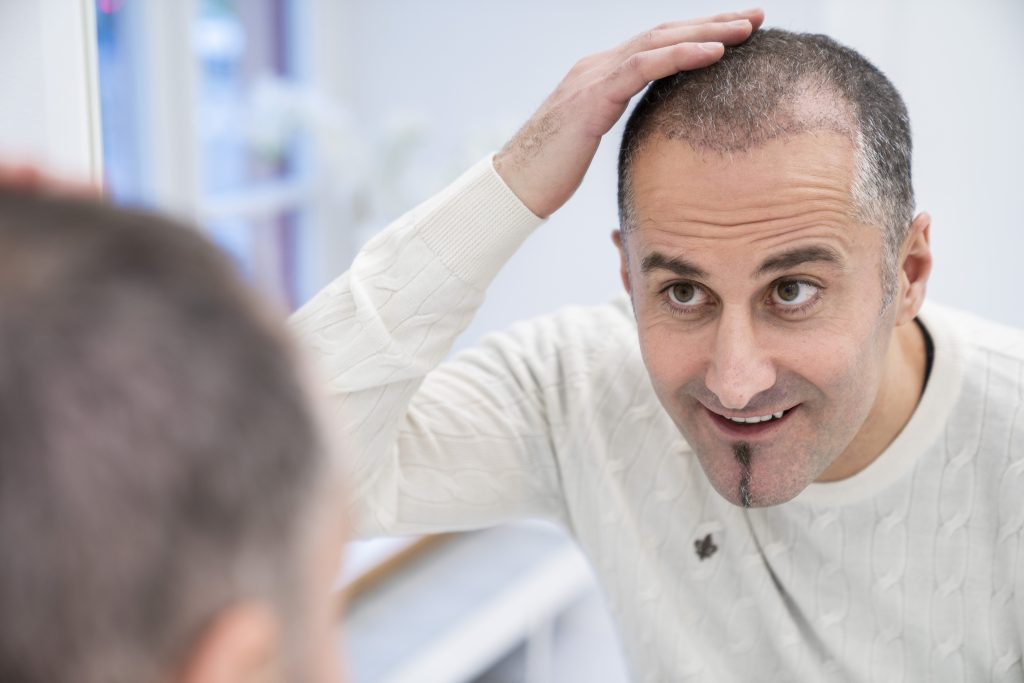Discomfort associated with the local anaesthetic
The procedure itself is painless as you will be given a local anaesthetic beforehand. However, the injections of anaesthetic may sting and hurt a little, but this is perfectly normal and will pass as soon as the anaesthetic takes effect.

